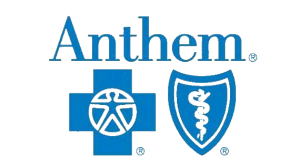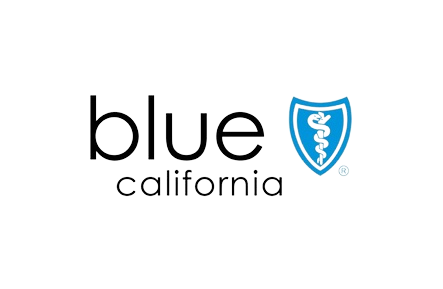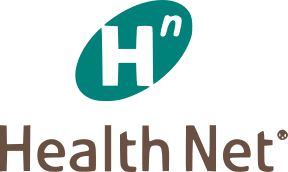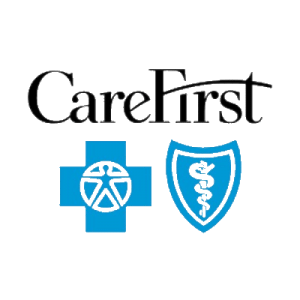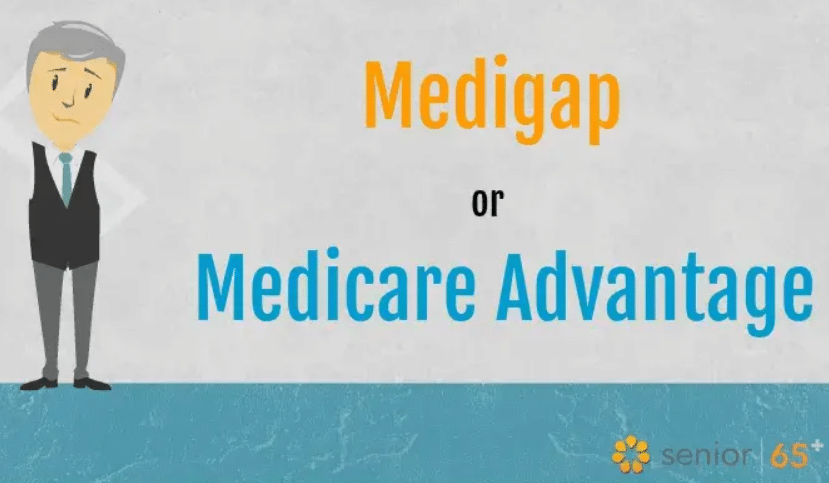If you are familiar with how Medicare works, you already know that it does not cover prescription drugs at the pharmacy. Enter Medicare Part D. “D is for Drugs” and we will cover how Medicare Part D can reduce your prescription Rx cost.

How does Medicare Part D work?
Medicare Part D plans pay some or all of the cost of certain drugs that you get at the pharmacy or through mail-order. Private insurance companies approved by the Center for Medicare Services (CMS) offer Part D plans.
Click here to learn how to see prices and enroll in Part D at Medicare.gov.
Each insurance company can set its own drug formulary list, monthly premium, deductible, and copays. We break down these terms below but before you get overwhelmed, we want to share a secret. You need only focus on point number 5 below (Estimated Annual Drug Cost) to understand and select the right Part D plan.
1) Drug Formulary
The drug formulary is the list of drugs that are covered under each plan. It is crucial to understand that each company gets to set which drugs are on their formulary. It is possible to select a Part D plan that does not cover one or more of the drugs you are prescribed.
2) Part D Premium
The Premium is the monthly fee you pay to subscribe to the plan. The current average national Part D premium is $38.99 but many good plans are available for less than $15 each month.
3) Deductibles
A deductible is the amount of money you must pay first in one calendar year before the insurance plan will offer discounts on most drugs.
The maximum Part D deductible is currently $615, but Part D insurance providers can set the deductible below this amount. There may be some $0 deductible plans that have higher monthly premiums. Most plans with high deductibles will waive it for generic drugs.
4) Copays
Even with Part D insurance, there is a portion of the drug cost that you still need to pay. This is called the copay and it varies depending on tier level and which phase you find yourself in.
There are usually four tiers:
Tier 1 is usually the copay for low-cost generics,
Tier 2 for medium-cost “preferred” brand-name drugs,
Tier 3 for higher-cost “non-preferred” brand names, and
Tier 4 for very expensive or newly-issued drugs.
5) Annual Estimated Drug Cost
The Annual Estimated Drug Cost is the best estimate of your total drug expenses for the year. It factors in the monthly premium, deductible, and copays for each plan (as well as the phases below) and tells you which Part D drug plan will save you the most money based on the drugs you are currently taking. It makes it easy to compare plans with different premiums and copays because it generates one number representing the total amount you will pay that year.
Phases of Medicare Part D coverage
The phases of coverage are the least popular part of Medicare Part D. Basically the amount you pay towards each drug will change depending on which “phase” you are in.
Starting in 2025, there are 3 phases of Medicare Part D. While these phases are important to understand, we recommend not dwelling on them too much as the Annual Estimate Drug Cost will factor them into the total.
1) Medicare Part D New Annual Deductible Phase
Starting next year, Medicare Part D will have a $615 deductible. This means you’ll pay the first $615 of your drug costs before your coverage starts. Some plans might waive the deductible for generic drugs, like they did in the past.
2) Medicare Part D Initial Coverage Phase
There’s a period after you pay your deductible where you still pay a portion of your drug costs. It’s called initial coverage. You’ll pay 25% until you reach the $2,100 out of pocket maximum. So, you’ll still have some costs even after paying the deductible.
3) Medicare Part D Catastrophic Coverage Phase
As the name suggests, this phase kicks in once you have spent so much money that it is considered a “catastrophic” amount. Once you hit the $2,100 annual out-of-pocket limit, you’re in the catastrophic phase. You’ll pay almost nothing for drugs for the rest of the year. Your plan and Medicare cover the reminder of your costs. Note: If your drug isn’t on your insurance providers list of covered drugs (called a formulary) then the out of pocket maximum doesn’t apply.
Medicare Part D Enrollment Period
If you remember Medicare’s Enrollment Period, then you are in luck because it is the same timeframe for Part D. It starts three months before you turn 65, goes through your birthday month, and ends three months after, giving you a total of seven months to enroll without penalties.
Medicare Part D Penalties
Wait, what? That’s right, there are penalties if you don’t enroll in Medicare Part D when you are first eligible.
If you enroll in a Medicare drug plan past your Part D deadline, you will owe a monthly late enrollment penalty for life unless you qualify for Special Enrollment.
The late enrollment penalty amount is typically 1% a month of the average-priced Part D plan according to the CMS (called “base beneficiary premium”). The base beneficiary premium is currently $38.99. This means that if you go two years (24 months) before enrolling in a Part D plan you will have to pay 24% of $38.99 a month for the rest of your life. Let’s avoid this by enrolling on time.
How to lower your drug costs
You may have noticed that there is an option to have your drugs sent to you by mail. Mail order is just one way to lower your prescription costs.
- Consider switching pharmacies. Some plans offer big discounts if you use one of their preferred pharmacies. We can tell you which ones.
- Use Mail Order pharmacies. In some cases, your part D plan may send you up to 3 months of your generic drugs at no cost.
- Consider switching to generic versions of your brand-named drug. Talk to your doctor to find out if this is a possibility for you.
- Apply for Extra Help either through Medicare, a particular pharmaceutical company, or even your state.
- Look into discount programs through big retailers such as Costco or Walmart, or discount cards such as GoodRx. Remember: discount programs should be used in conjunction with your Part D plan, not as a replacement.
- You should review your coverage each year during Open Enrollment. The right plan one year might be the wrong plan the next. You could be prescribed new drugs not covered under your current plan or your current plan could increase its rates or change its formulary drug list.
Should I use a drug discount card?
As mentioned above, one of the ways to lower your drug costs is to use a discount card.
We cannot emphasize enough that discount cards are not insurance but they can help you lower your drug costs if used in conjunction with your Part D coverage. If you are taking a drug that is not covered by your Part D plan (or covered at a higher cost) you can often purchase that drug for less when using a discount card.
The catch: if you use a discount card, the cost of that drug will not go through your insurance. This means it will not apply to your deductible or the phases outlined above. Still, many of our clients have found great savings using it wisely.
Senior65.com has partnered up with CleverRx to provide you with discounts of up to 80%. It is completely free to use and is accepted at exceptional pharmacies nationwide, including major chains like CVS, Walgreens, Kroger, Rite Aid, Safeway, Walmart, and more.
How are Medicare Part D plans rated?
The Centers for Medicare Services (CMS) created a Five Star Quality Rating System that rates Medicare Advantage and Prescription Drug plans. Ratings are between 1 and 5 (5 being the highest) for health plan quality based on measurements of customer satisfaction and the quality of care the plan delivers.
CMS is pretty stingy with its “stars.” While 5-star drug plans are available in some areas, they are very rare. Even a 4-star plan can be hard to get so don’t get discouraged if your best-suited plan is not on the top of the scale.
It is also worth noting that if you find a Medicare 5-star rated plan, you can change your Part D at any time of the year to the 5-star plan, and not only during Open Enrollment.
What to do next?
If you wish to enroll in a Part D plan, visit Medicare.gov. You can enter your drugs, compare prices and enroll in plans online.
💡 Reminder: We’re not a Part D enrollment service, but we’ve created a resource to make it easier for you. Medigap is still our priority.




